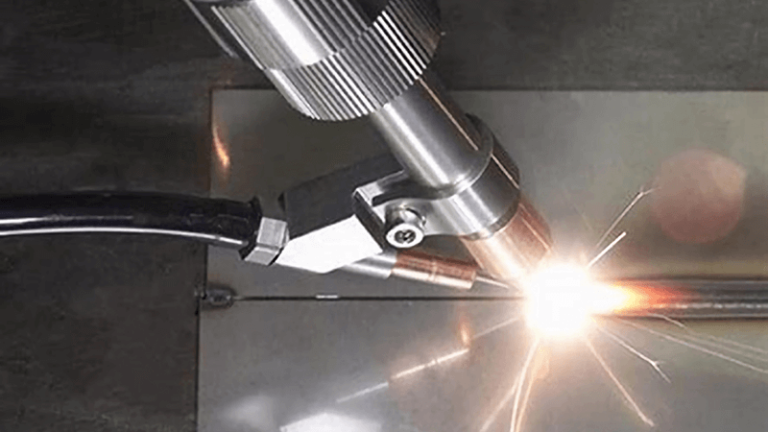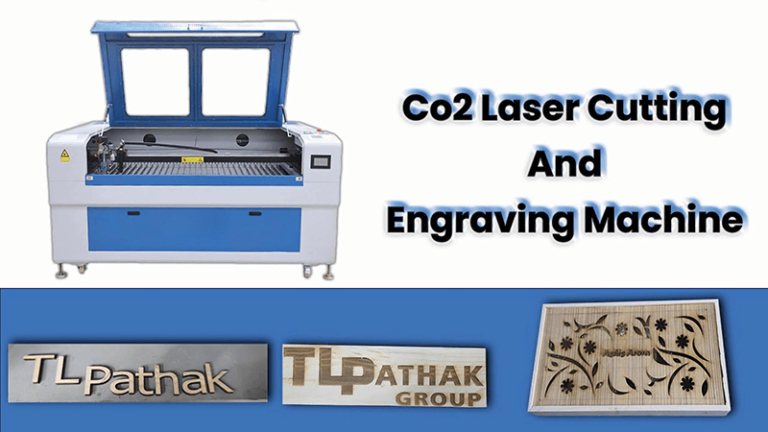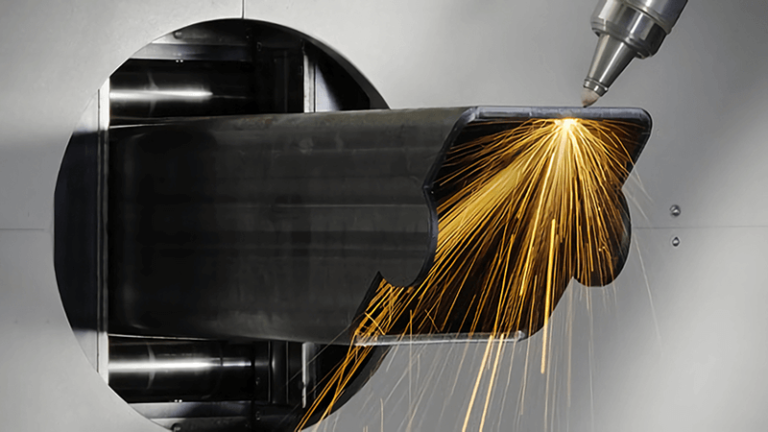Handheld laser welders are revolutionizing the welding industry with their precision and versatility. But how thick can they actually weld? This article dives into the key factors that affect the thickness of materials a handheld laser welder can handle, offering valuable insights from Kirin Laser’s perspective.
Handheld laser welders can typically weld stainless steel up to 8-10mm thick and aluminum up to 6mm thick, depending on laser power and welding technique. Factors such as material type, power output, and welding methods play a significant role in determining the maximum thickness achievable.
To fully understand the capabilities of handheld laser welders, we need to explore several key factors that influence weld thickness. These include the material type, welding technique, power settings, and wire choice. Let’s break them down.

What material can be laser welded?
When it comes to laser welding, not all materials are created equal. Some materials are easier to weld with lasers, while others require more specialized equipment or techniques. So, what materials are best suited for laser welding?
Materials like stainless steel, aluminum, and titanium are commonly welded with lasers due to their conductive properties. However, other factors, such as material thickness and the type of laser, also play a role in the success of the weld.
Laser welding is highly effective for a variety of materials, thanks to its precision and adaptability. Understanding which materials are best suited for laser welding helps ensure a successful outcome, especially when considering the maximum thickness a handheld laser welder can handle.
Stainless Steel
Stainless steel is one of the most commonly welded materials with lasers. Its high melting point and excellent thermal conductivity make it a strong candidate for laser welding. Handheld laser welders can weld stainless steel up to 10mm thick, depending on the laser power and welding technique.
Stainless steel comes in various grades, such as 304, 316, and 410, and each has unique characteristics. For example, 316 stainless steel has a higher resistance to corrosion and is ideal for food processing and medical applications, while 304 stainless steel is commonly used in architecture and industrial sectors.
| Stainless Steel1 Grade | Max Thickness (Laser Welding) | Common Applications |
|---|---|---|
| 304 | Up to 10mm | Architecture, industrial applications |
| 316 | Up to 10mm | Medical, food processing |
| 410 | Up to 8mm | Automotive, manufacturing |
In general, stainless steel’s ability to absorb heat without warping makes it ideal for high-precision welding. The laser beam can focus on a specific area, reducing heat affected zones and maintaining the strength and integrity of the material.
Aluminum
Aluminum is a popular material for laser welding, though it presents unique challenges. Aluminum2 has a lower melting point and higher thermal conductivity than steel, which can lead to heat dissipation and difficulty in achieving a strong weld. Handheld laser welders can typically weld aluminum up to 6mm thick.
A critical factor when welding aluminum is controlling the heat. If the heat input is too high, the material may warp or develop cracks. This is why lower-powered lasers or higher welding speeds are often used for aluminum to prevent overheating.
| Material | Max Thickness (Laser Welding) | Key Considerations |
|---|---|---|
| Aluminum | Up to 6mm | Heat dissipation, speed control |
| Stainless Steel | Up to 10mm | Heat control, minimal distortion |
Titanium and Other Alloys
Titanium3 is a challenging yet highly sought-after material in industries like aerospace, medical devices, and high-performance manufacturing. Handheld laser welders can weld titanium up to a thickness of 6mm, and it is often used in medical implants, as its biocompatibility is unmatched.
Titanium’s low thermal conductivity means that the material heats up quickly and retains heat, which can lead to distortion if not carefully controlled. Laser welding offers a precise solution to this issue, allowing for clean, strong welds without excessive heat buildup.
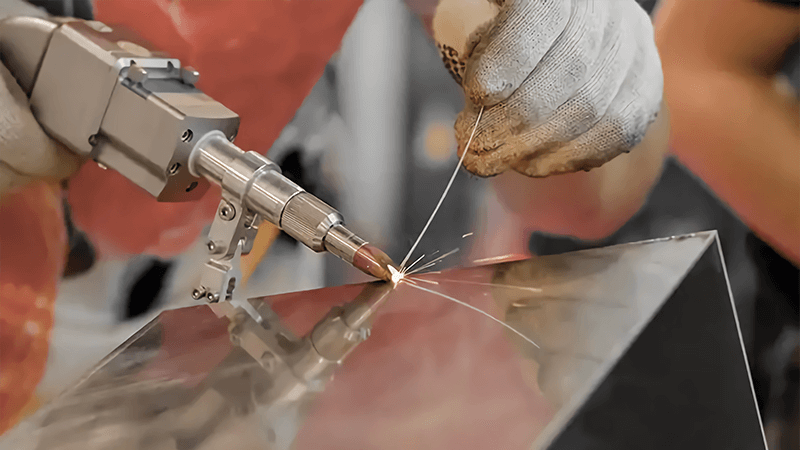
What welding wire can be chosen?
Choosing the right welding wire is just as important as selecting the right material. The type of welding wire you use can affect the quality and strength of the weld, as well as the overall process. So, which welding wires should you choose for optimal results with a handheld laser welder?
For laser welding, filler wires are typically selected based on the material being welded. Stainless steel wire is commonly used for stainless steel welding, while aluminum or titanium wires are chosen for their respective metals. The wire composition and diameter also play a role in achieving a high-quality weld.
Selecting the appropriate welding wire is crucial for ensuring the quality and durability of your laser welds. Different materials and welding requirements demand specific wire types, diameters, and compositions. Let’s explore the most common options used in laser welding.
Stainless Steel Wire4
When welding stainless steel, the filler wire must be compatible with the base material to ensure proper fusion. Stainless steel wires are available in different grades, including 308L, 316L, and 309L. For most applications, 308L is the most commonly used because of its balance of strength and corrosion resistance.
| Wire Type | Material Compatibility | Common Applications | Max Thickness |
|---|---|---|---|
| 308L | Stainless Steel | General welding of stainless steel | Up to 10mm |
| 316L | Stainless Steel | Corrosion-resistant welding | Up to 10mm |
| 309L | Stainless Steel | Dissimilar metal welding | Up to 8mm |
The wire diameter also matters. A larger diameter is suitable for thicker materials, but it may lead to more spatter if not properly controlled. On the other hand, a smaller diameter wire is ideal for thin materials and produces finer, cleaner welds.
Aluminum Wire5
Aluminum wire is used when welding aluminum materials, and it comes in different alloys like 4043 and 5356. The right choice of wire depends on the aluminum alloy being welded. For instance, 4043 is commonly used for general-purpose aluminum welding, while 5356 is preferred for high-strength aluminum welding in critical applications.
| Wire Type | Material Compatibility | Common Applications | Max Thickness |
|---|---|---|---|
| 4043 | Aluminum | General aluminum welding | Up to 6mm |
| 5356 | Aluminum | High-strength aluminum welding | Up to 6mm |
The choice of aluminum wire also depends on the presence of certain alloys and their resistance to corrosion, which can affect the strength and durability of the weld.
Titanium Wire6
For titanium welding, titanium wire is essential. Titanium is sensitive to impurities, so pure titanium wire is used for medical and aerospace applications to prevent contamination. The most common grade for laser welding is Grade 2 titanium, which offers a balance between strength and corrosion resistance.
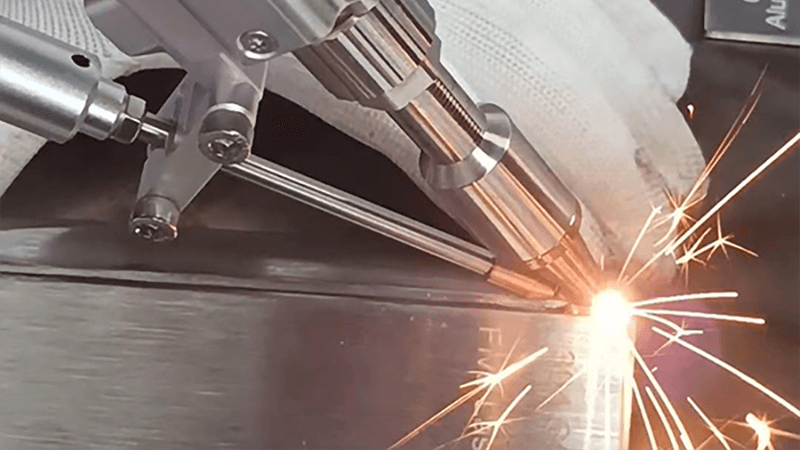
What should be the weld thickness?
The thickness of the weld is an essential consideration in laser welding, as it impacts both the strength of the joint and the overall appearance of the weld. How thick should the weld be, and what factors influence the maximum thickness achievable by handheld laser welders?
Handheld laser welders can typically weld stainless steel up to 8-10mm thick, and aluminum up to 6mm. The ideal weld thickness depends on factors like the laser power, welding technique, and material type. Thicker materials may require additional passes or higher power settings to achieve a successful weld.
The thickness of the weld is influenced by various factors such as material type, laser power7, and welding method. In laser welding, the weld thickness is crucial for determining the strength and durability of the final product. Handheld lasers are designed to handle moderate thicknesses, but thicker materials may require adjustments in welding parameters.
Laser Power
The power of the laser directly impacts the depth of penetration, which determines how thick the material can be welded. Higher-powered lasers are capable of welding thicker materials, while lower-powered lasers are limited to thinner sections. For example, handheld laser welders typically handle stainless steel up to 10mm and aluminum up to 6mm due to power constraints.
| Laser Power | Material Thickness (Max) | Application Example |
|---|---|---|
| 1000W | Up to 6mm | Thin metals, small parts |
| 2000W | Up to 10mm | Industrial manufacturing |
| 3000W | Up to 12mm | Heavy-duty welding |
A laser power of 2000W is often used for general applications, while 3000W lasers are reserved for heavy-duty welding.
Welding Technique
The welding technique8 employed also plays a role in determining the weld thickness. Conduction welding, which is commonly used for thin materials, relies on the heat conducted from the laser to melt the material. On the other hand, penetration welding is used for thicker materials and involves the laser beam penetrating deeper into the material to create a more robust bond.
| Technique | Best For | Max Material Thickness |
|---|---|---|
| Conduction Welding | Thin materials | Up to 6mm |
| Penetration Welding | Thick materials | Up to 10mm |
Material Properties
The material being welded affects how thick the weld can be. Stainless steel and aluminum have different thermal properties, which impact how heat is absorbed during welding. For example, aluminum requires more heat to weld compared to steel, but it also tends to dissipate heat faster, limiting its weld thickness9.
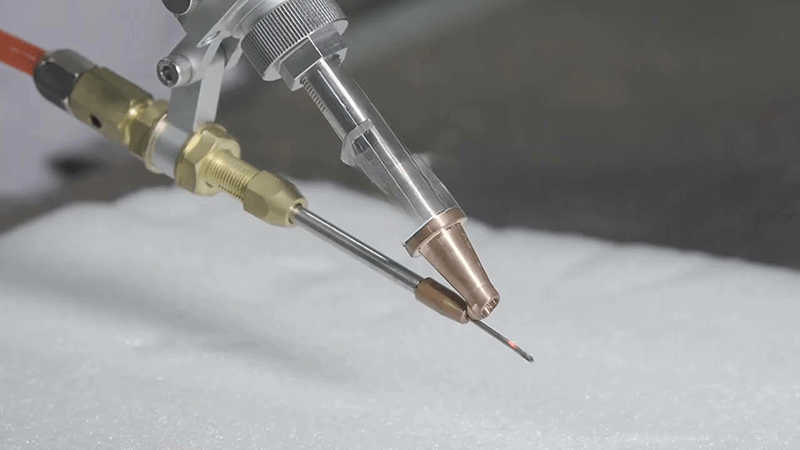
What are the tolerances for laser welding?
Laser welding is known for its precision, but what kind of tolerances can be expected? Understanding the tolerances for laser welding is crucial for industries that demand high-quality, accurate welds. Let’s look at what tolerances are achievable with handheld laser welders.
Laser welding offers tight tolerances, with typical ranges of ±0.1mm to ±0.5mm depending on the machine and settings. For critical applications, such as aerospace and medical devices, even tighter tolerances may be necessary, and advanced laser machines can achieve this level of precision.
Tolerances are a critical aspect of laser welding, especially in industries that demand high accuracy and precision. The ability to achieve tight tolerances10 is one of the key benefits of laser welding, making it ideal for applications where precision is paramount.
Precision of Handheld Lasers
Handheld laser welders offer excellent precision compared to traditional welding methods. The beam of the laser is highly focused, allowing for clean and accurate welds with minimal distortion. As a result, tolerances of around ±0.1mm to ±0.5mm are common in most laser welding applications. For more critical applications, such as aerospace or medical industries, even tighter tolerances can be achieved with advanced machines.
| Tolerance Range | Common Use Case | Application Example |
|---|---|---|
| ±0.1mm | High-precision welding | Aerospace, medical |
| ±0.5mm | General industrial use | Automotive, manufacturing |
Factors Affecting Tolerances
Several factors influence the final tolerances in laser welding. These include the power settings, welding speed, material type, and the thickness of the weld. Additionally, the operator’s skill and experience play a significant role in ensuring that tolerances are met consistently. In general, handheld laser welders can provide reliable tolerances, but achieving the highest precision requires fine-tuning the welding parameters.
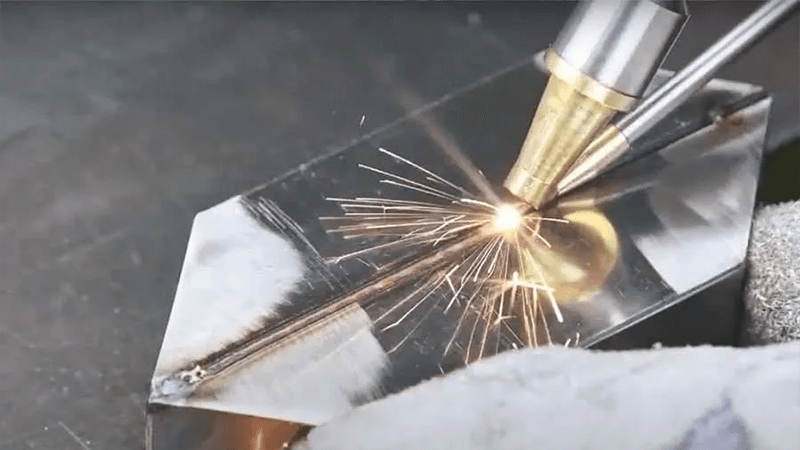
Conclusion
Handheld laser welders11 are a powerful tool in the welding industry, offering high precision and versatility. While the thickness they can weld is influenced by factors like material type, laser power, and welding technique, these machines can handle a variety of tasks. Whether you’re welding stainless steel, aluminum, or titanium, understanding the key factors like welding wire, material properties, and tolerances will help you make the most of your handheld laser welder for efficient and high-quality welds.
-
Explore this link to learn about effective techniques and tips for laser welding stainless steel, ensuring strong and precise welds. ↩
-
Discover the unique challenges of laser welding aluminum and how to overcome them for successful results. ↩
-
Learn about the benefits of laser welding titanium, especially in high-performance applications like aerospace and medical devices. ↩
-
Explore this link to understand the best practices and tips for using Stainless Steel Wire effectively in laser welding applications. ↩
-
Discover the various types of Aluminum Wire and their specific applications to enhance your welding projects. ↩
-
Learn why pure Titanium Wire is crucial for welding, especially in sensitive fields like aerospace and medical applications. ↩
-
Exploring the relationship between laser power and welding thickness can help you choose the right equipment for your projects. ↩
-
Learning about various welding techniques can optimize your welding process and ensure stronger joints. ↩
-
Understanding the factors affecting weld thickness can enhance your welding techniques and improve product quality. ↩
-
Understanding tight tolerances can enhance your knowledge of laser welding's precision benefits, crucial for high-stakes industries. ↩
-
Kirin Laser has all solutions for laser welding, get more details from here. ↩


